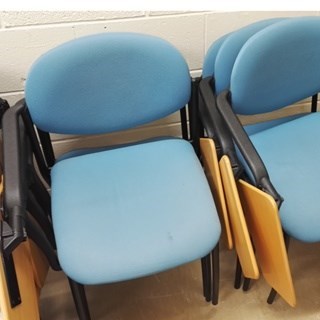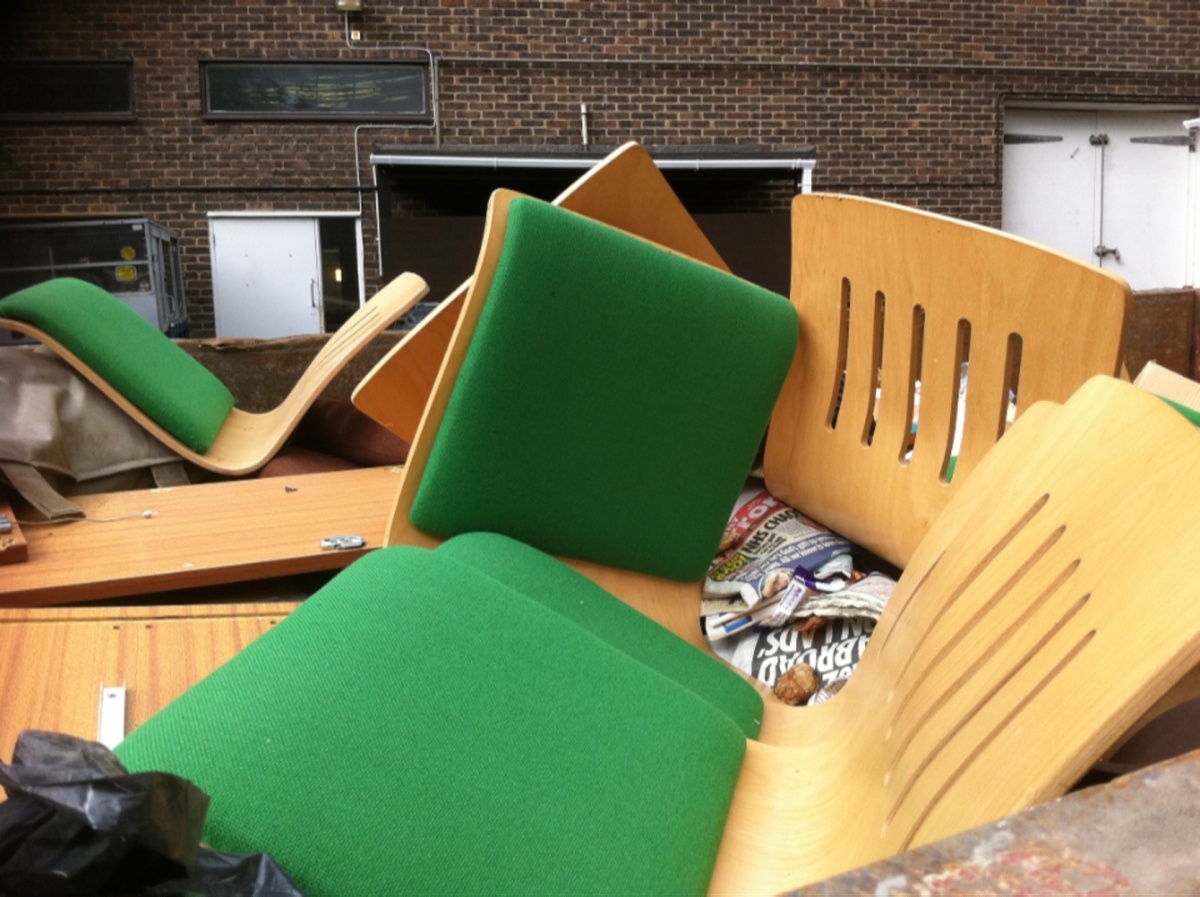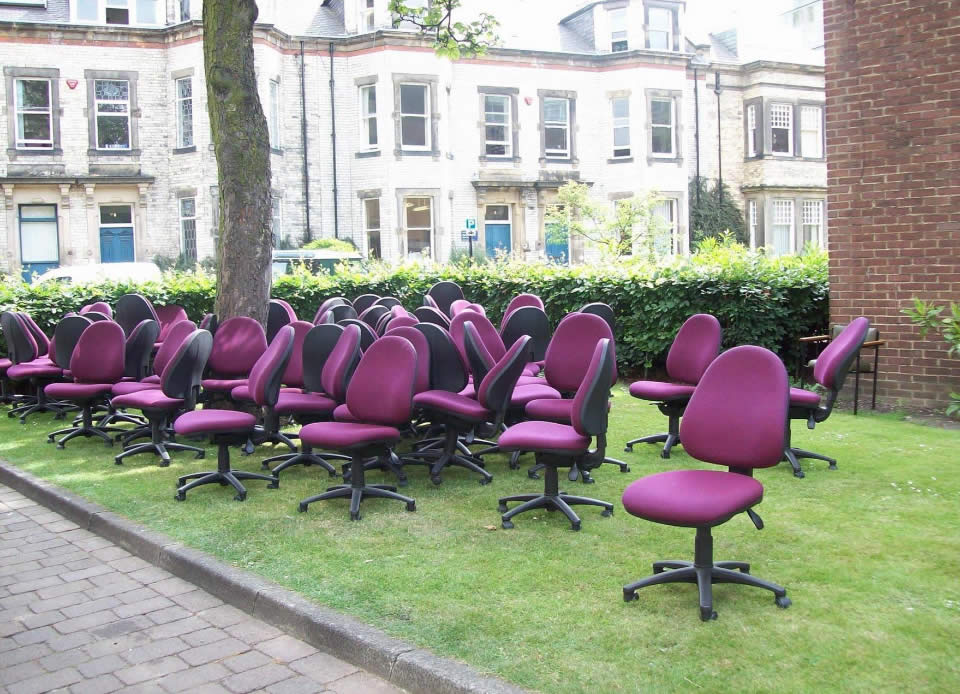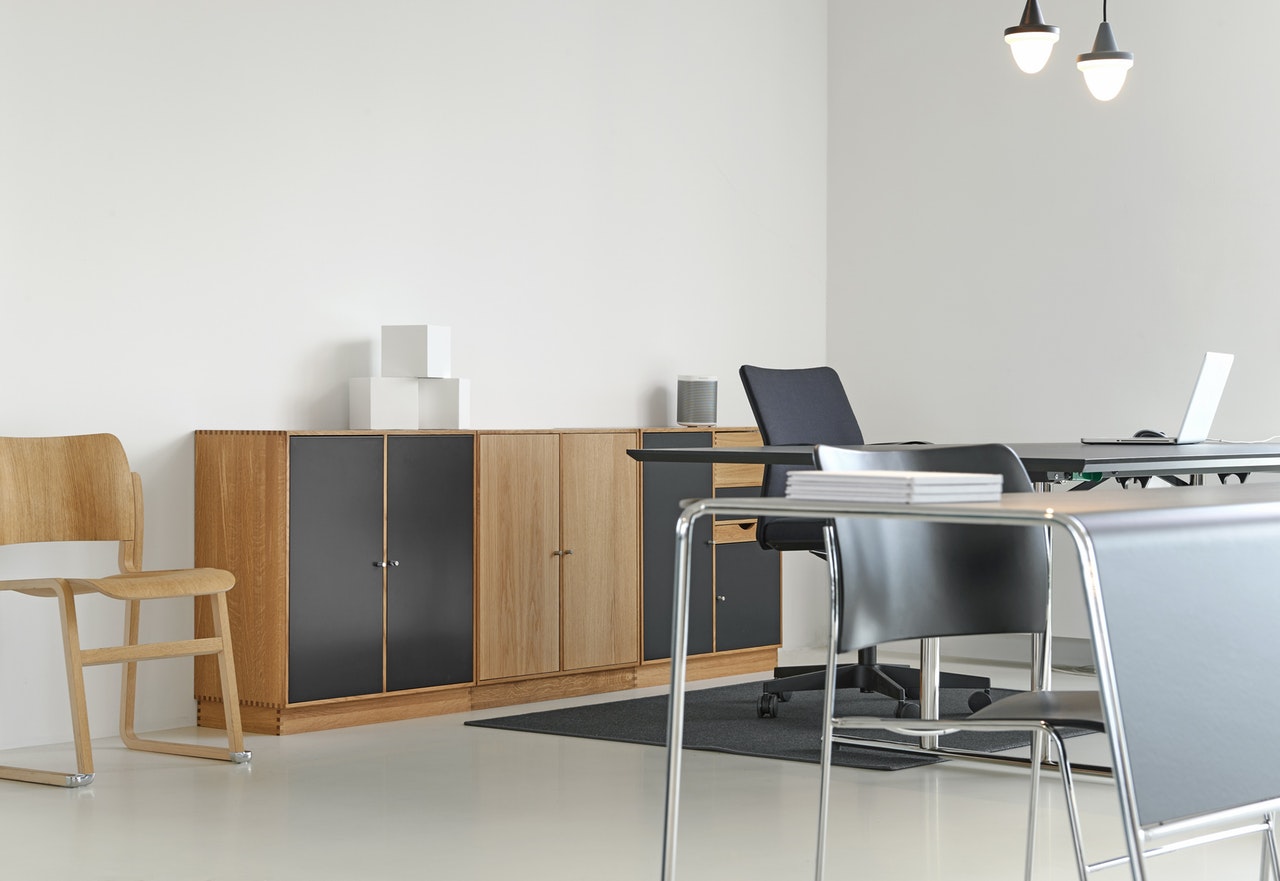Defining a process problem in the work place
I'm not an expert in disruption. I'm not an expert in innovation. I'm an expert in defining a problem, and delivering a solution to solve that problem. When you define a problem as specifically as you can, the solution will bubble up in your consciousness.
Organisations are struggling. There's been “nearly a recession” going on almost constantly for the last ten years. Processes within a lot of organisations are broken. There's lots of duplication. There's lots of waste of time. I see this in waste management, sustainability, facilities management, procurement - everywhere.
The response from organisations, generally, is to shrink the workforce because of this. Sack people.
You don't need to sack people, you just need to improve the processes, stop the duplication, do things better.
Improving processes at work
Why would you want to identify problems within your organisation. Because you want to improve things, right? You want to either have a great impact at work or you might want to ID an issue to commercialise the solution.
In this video I talk in full about this issue and in the following articles I’ll show you how to identify an unmet need within your organisation or within your sector- be it waste management,sustainability, facilities management, procurement or any department.
I'm going to show you how to validate those ideas to make sure they're worth pursuing. I'm going to show you how to think innovatively, to get your creative juices flowing.
How I'm going to illustrate these three points is I'm going to tell you a zero waste story about my own personal experience, and then I'm going to give you some take home tips, and some tools, so you can leave this article feeling like you can take action.
Pain points
I used to be a Waste Manager, within Facilities Management and I would see large scale tangible waste every day.

Waste is a symptom of a broken system. Anywhere. You don’t get waste in nature. You get Zero Waste!
A basic example I would see everyday would be: Someone might be throwing out a chair or furniture, and it could be reused elsewhere.
There's two pain points. You need to dispose of the chair, that's going to cost you money, but also if someone else in your organisation needs a chair, and you're throwing out, the system is broken.

You can call that an “unmet need”, or a pain point.
In this particular scenario, the person who was disposing of the chairs was actually really angry that he had to dispose of these chairs.
When I asked him why he was disposing of the chairs in this fashion, he said that it had been dumped on him at the last minute. (Pain Point)
He's got no storage (Pain Point). He's got no time to find new owners for these chairs (Pain Point). He's got to get rid of them ASAP, so he has to throw them in the rubbish bin or dumpster (Pain Point).
That's when I started to find this pain within the organisation.
Someone else phoned me up and they said they had 70 chairs to dispose of. I asked them “What's the timeline for disposal”? He said, they're outside on the lawn, now.

That person's got no time, and he's got no storage, so the items get put outside (Pain Point).
Luckily enough, the next day, I witnessed a delivery of 30 new chairs to the same address, so I asked the person, let's call him John. I asked John,
"John, yesterday you got me to dispose of 70 chairs, but today you got a delivery of 30 chairs almost the same. What's going on?"
With that, John erupted in anger and said he knew nothing about the delivery of the new chairs. There was three departments, and the departments weren't talking to each other about disposals and needs. (Pain Point)
I witnessed another scenario when we were doing a building clearance. Staff had vacated the building and just left reusable items in a store cupboard for the building clearance contractors to dispose of. The pain point there is, they didn't know what to do with it. They had no route to find new homes for these items, so they just left them behind.
Here's another one. I witnessed a building clearance where builders were just throwing out chairs into a skip / dumpster. I asked the builders what was going on. They were angry because they were supposed to be doing an asbestos survey, but the client had left all of these chairs in a building.
The asbestos surveyors are being paid £2,000 a day to survey for asbestos, not to clear furniture. That is expensive for the client.
Also, these chairs could find a home elsewhere very easily. Not very easily, obviously, but these chairs could find a home elsewhere.
Pain point-o-rama.
To really define this issue, I spoke to all the stakeholders in the chain. With this data and experience, I set about building a solution.
The solution was an online platform which matches needs and wants now and in the future, to plan for building moves, and the day to day movement of surplus in an organisations- without the need for storage.
I'm telling you this story is this is my own personal experience of defining a problem, identifying the pinpoints within different stakeholders in an organisation, really exploring what the problem was, redefining it really, really distinctly, and then coming up with a solution which works.
I don't consider the platform to be a disrupter really, but you can consider that we are disrupting the way organisations buy assets.
Here's a real life case study; Northumberland County Council signed up to the system. In the first six weeks, they analysed their spend before and after introduction, and in the first six weeks, their spend in the furniture category only, went down £68K.
That's their figures, no ours. Just by creating a nice, simple, easy platform where staff can share surplus assets, they reduced their spend by £68,000 in furniture category only. We're disrupting how furniture is purchased.
What do you think? Can you apply this sort of Pain Point identification to your work scenario? Do you see duplication? Do you see wastes of time and effort?
Find out next how to follow a simple checklist of questions to identify issues and pain points within your organisation.








